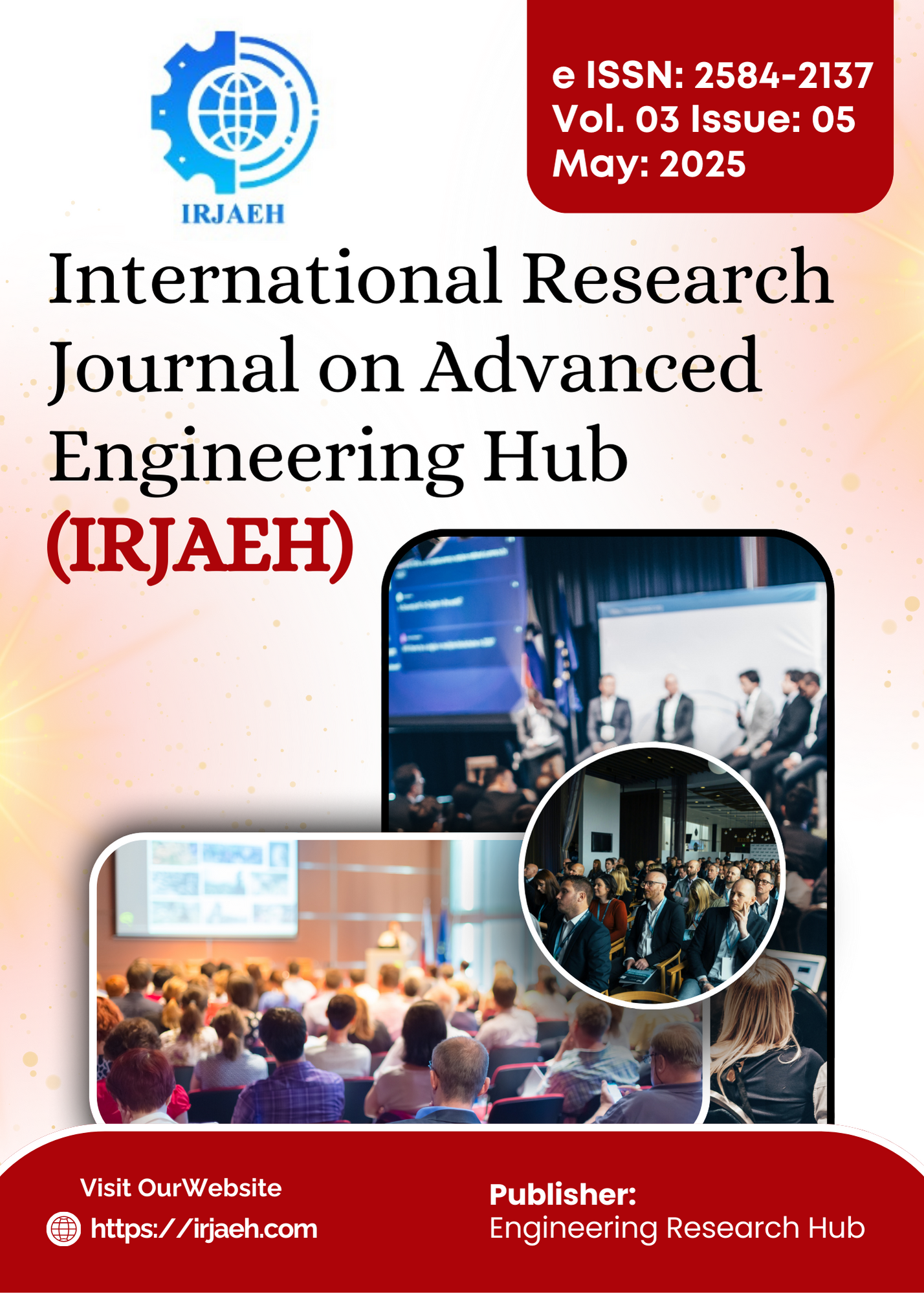Iot Based Pesticides and Nutrients Detection in Fruits and Vegetables
DOI:
https://doi.org/10.47392/IRJAEH.2025.0312Keywords:
Arduino, Node MCU, Sensors, ServerAbstract
IoT-based solution for the detection of pesticide residues in organic fruits and vegetables without the use of artificial intelligence. The system is built around an Arduino controller, which interfaces with a combination of sensors, including gas sensors for pesticide detection, LDR sensors for light intensity measurement, and IR sensors for object identification. The collected data is displayed on an LCD screen for immediate user feedback. To enable remote monitoring and data transparency, a Node- MCU with Wi-Fi connectivity is integrated into the system, allowing the sensor data to be efficiently uploaded to a central server over a wireless network. This innovative framework offers a practical and cost- effective way to ensure the safety and authenticity of organic produce by providing real-time pesticide residue detection and data access The Arduino controller serves as the brain of the system, orchestrating the operation of various sensors that collectively assess the presence of pesticide residues on organic fruits and vegetables. The gas sensor detects the presence of pesticides, while the LDR sensor measures the light intensity, and the IR sensor aids in object identification, enhancing the accuracy of the analysis. The LCD screen provides users with immediate information about the pesticide levels detected on the produce. Furthermore, the NodeMCU, with its WiFi capabilities, ensures that the sensor data is seamlessly transmitted to a centralized server, making it accessible for remote monitoring and analysis. This project offers a practical and efficient solution for consumers and producers alike to verify the quality of organic produce and make informed choices regarding pesticide contamination.
Downloads
Downloads
Published
Issue
Section
License
Copyright (c) 2025 International Research Journal on Advanced Engineering Hub (IRJAEH)

This work is licensed under a Creative Commons Attribution-NonCommercial 4.0 International License.

 .
. 